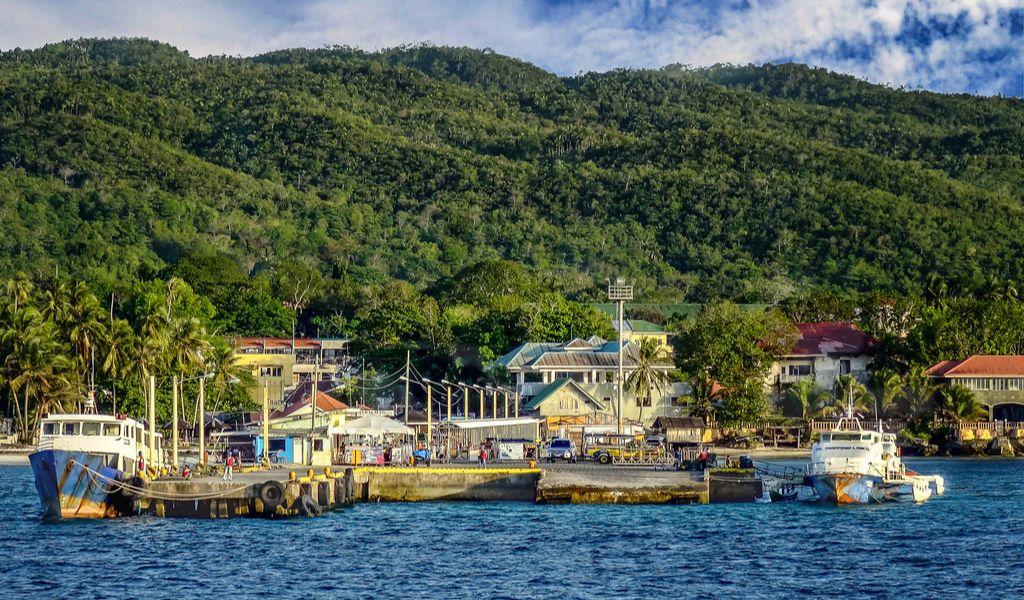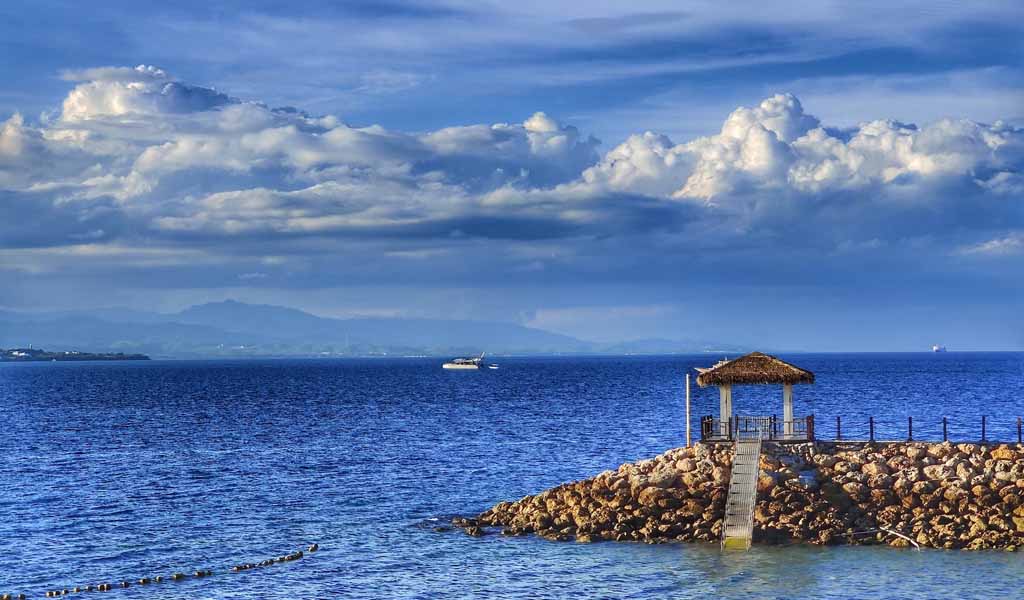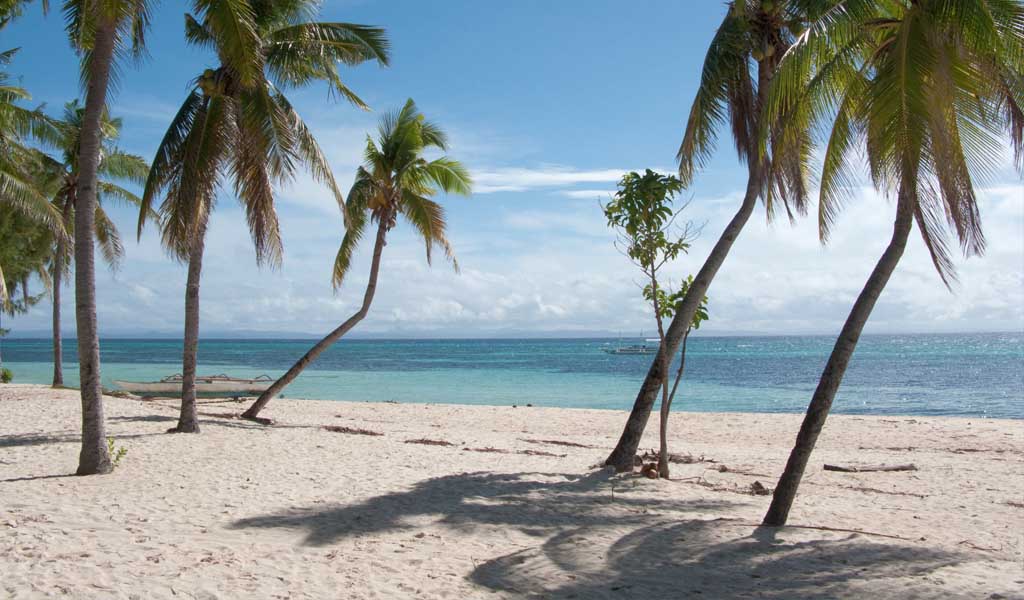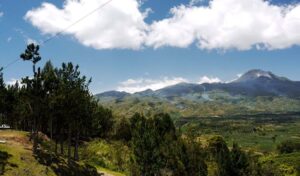Discover the Mystical Beauty of Siquijor Philippines!
Nestled in the heart of the Visayas, Siquijor, Philippines, often known as the “Mystic Island,” is a land shrouded in magic, folklore, and untouched beauty. This small island province has charmed countless visitors with its serene beaches, pristine waterfalls, and unique cultural heritage. Known for its captivating blend of natural wonders and tales of mysticism, Siquijor is a true hidden gem. Whether you’re a thrill-seeker, a history buff, or someone just looking to unwind, Siquijor promises a blend of experiences you won’t find anywhere else.
1. Get Enchanted at Cambugahay Falls

Cambugahay Falls, nestled in the mystical island of Siquijor, Philippines, is a captivating destination that enchants visitors with its natural beauty and serene ambiance. This multi-tiered waterfall is renowned for its crystal-clear, turquoise waters that cascade gently into a series of refreshing pools surrounded by lush tropical greenery.
Visitors can take a dip in the cool waters, swing into the pools on traditional rope swings, or explore the surrounding forest trails to experience the tranquil charm of Siquijor. Known for its folklore and enchanting atmosphere, Cambugahay Falls offers a peaceful escape, allowing guests to immerse themselves in the untouched beauty and mystique of the island.
2. Sunbathe at Salagdoong Beach

Salagdoong Beach, located on the scenic island of Siquijor in the Philippines, is a sun-seekers paradise, where soft white sands meet the crystal-clear turquoise waters of the Philippine Sea. This popular beach destination offers visitors the perfect spot to soak up the tropical sun, lounge on the shore, and enjoy the surrounding views of lush green hills and striking limestone formations.
For those seeking a bit more excitement, Salagdoong Beach is also known for its cliff-diving platforms, where thrill-seekers can leap into the deep, refreshing waters below. Whether you’re looking to relax and sunbathe or enjoy an adventurous splash, Salagdoong Beach provides a unique and unforgettable beach experience on Siquijor Island.
3. Visit the 400-Year-Old Enchanted Balete Tree

The 400-year-old Balete Tree in Siquijor, Philippines, is a mysterious and enchanting landmark, deeply rooted in local folklore and history. Towering with its vast, intertwining roots and massive canopy, this ancient tree is believed to be enchanted, drawing visitors with its mystical aura. At its base, a natural spring emerges, creating a shallow pool where tiny fish provide a unique “fish spa,” nibbling on the feet of those who dip them in. Surrounded by lush greenery and the quiet hum of nature, this ancient Balete Tree offers a fascinating glimpse into Siquijor’s mystical side and a peaceful spot to experience the island’s intriguing blend of natural beauty and folklore.
4. Explore San Isidro Labrador Church and Convent

San Isidro Labrador Church and Convent, located in Lazi, Siquijor, is a historical and architectural gem that showcases the island’s rich colonial heritage. Built by Spanish friars in the late 19th century, this church and convent pair is celebrated for its remarkable coral stonework and wooden architecture, blending rustic charm with the elegance of Spanish influence.
The convent, one of the largest of its kind in Asia, is a two-story structure that once housed religious missionaries and now offers visitors a glimpse into the island’s past through its preserved rooms and artifacts. With its grandeur and serene surroundings, San Isidro Labrador Church and Convent invites travelers to step back in time, appreciating the island’s deep cultural roots and the legacy of its colonial history.
5. Discover Cang-Isok House: The Oldest House on the Island

Cang-Isok House, believed to be the oldest surviving house on Siquijor Island, is a captivating relic of traditional Filipino architecture and a testament to the island’s enduring cultural heritage. Built over a century ago from bamboo, hardwood, and nipa thatch, this stilt house has withstood time and weather, standing tall by the sea in the town of Enrique Villanueva.
With its raised foundation and rustic materials, Cang-Isok House reflects the island’s native ingenuity in adapting to the environment, designed to endure the coastal elements while blending into the natural landscape. Visiting this historic home offers a unique glimpse into the lives of early island settlers and provides a sense of nostalgia for simpler times on Siquijor.
6. Experience Healing Rituals and Faith Healing Practices
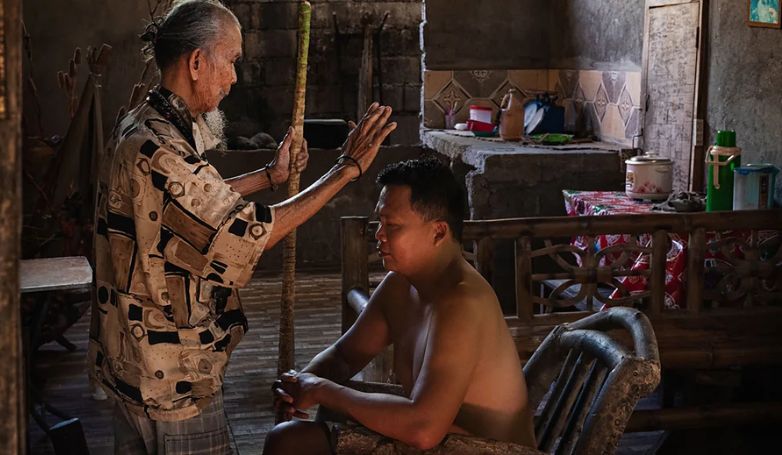
Siquijor is renowned for its centuries-old healing rituals and faith healing practices, a unique blend of indigenous and mystical traditions deeply woven into the island’s culture. Known locally as a place of mysticism, Siquijor attracts visitors who seek physical and spiritual healing through rituals performed by local healers, often referred to as “mananambal.”
These healers use a variety of natural ingredients, such as herbs, roots, and oils, combined with prayer and ceremonial chants to create potions and treatments believed to cleanse the spirit and promote wellness. Many visit Siquijor during Holy Week, when the annual healing festival takes place, and traditional healers from across the Philippines gather to prepare herbal concoctions and perform their craft. This unique cultural experience offers a rare look into Siquijor’s mystical heritage, where age-old healing practices continue to thrive.
7. Dive into the Coral Gardens and Marine Life of Siquijor
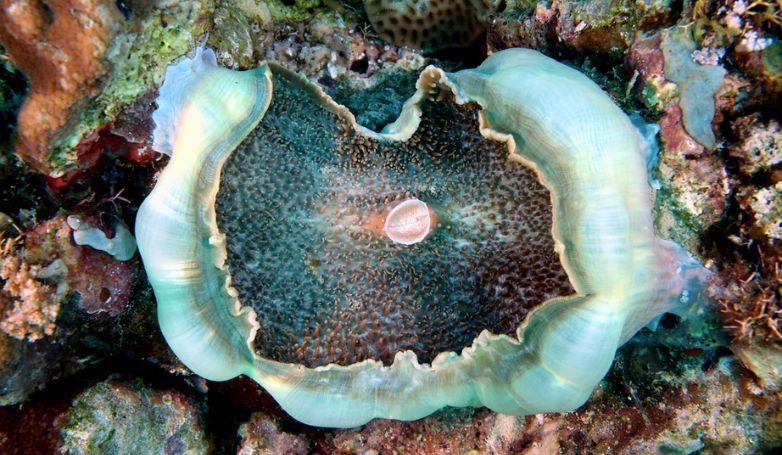
The vibrant coral gardens and rich marine life surrounding Siquijor make it a paradise for divers and snorkelers alike. Beneath its crystal-clear waters lies a breathtaking underwater world filled with colorful coral reefs, swaying sea fans, and an abundance of marine species, from playful clownfish to graceful sea turtles. Popular dive sites like Paliton Wall and Tulapos Marine Sanctuary offer diverse underwater landscapes, teeming with life and perfect for divers of all experience levels.
Whether exploring shallow reefs or venturing deeper into the blue, a dive in Siquijor’s waters offers a mesmerizing glimpse into one of the Philippines’ most pristine marine ecosystems, making it an unforgettable adventure for ocean lovers.
8. Explore Cantabon Cave

Cantabon Cave in Siquijor offers an exciting underground adventure for those eager to explore the island’s hidden wonders. Known for its intricate stalactites and stalagmites, this 800-meter cave takes visitors through narrow passages and water-filled chambers, revealing breathtaking formations sculpted over centuries. As you venture deeper, the cave opens up to reveal stunning natural pools and cathedral-like ceilings that capture the imagination. Local guides lead the way, sharing insights about the cave’s geology and history while helping explorers navigate the rugged terrain. Exploring Cantabon Cave is a thrilling experience that showcases the raw, untamed beauty of Siquijor’s subterranean world.
9. Chase the Sunset at Paliton Beach

Paliton Beach, often called Siquijor’s “Little Boracay,” is the perfect spot to chase the sunset and bask in the island’s natural beauty. With its powdery white sands, crystal-clear waters, and swaying coconut palms, Paliton Beach exudes a peaceful charm that makes it a favorite among locals and visitors alike. As evening approaches, the sky transforms into a canvas of vivid colors—orange, pink, and purple hues reflecting off the tranquil sea. Whether relaxing on the sand, taking a sunset swim, or capturing the stunning scenery, watching the sunset at Paliton Beach is a truly magical experience that embodies the serene allure of Siquijor.
10. Unwind at Siquijor’s Calming Hot Springs
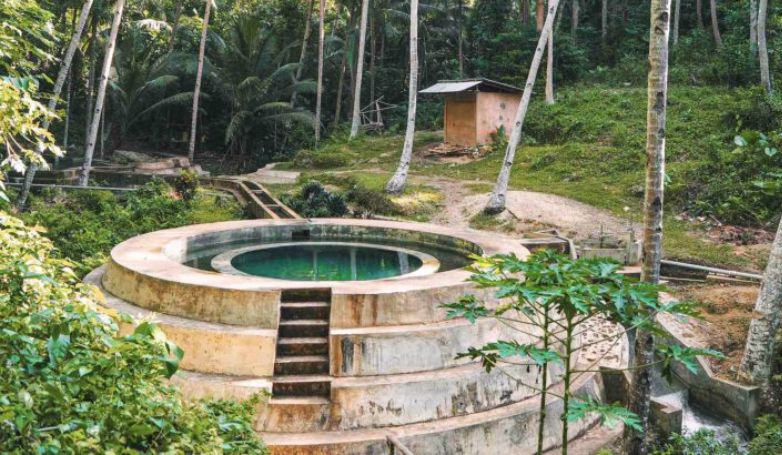
Siquijor’s calming hot springs offer a serene retreat, inviting visitors to unwind and rejuvenate amidst the island’s natural beauty. Nestled in lush tropical surroundings, these geothermal springs, such as the well-known Salamangka Hot Spring and the secluded, lesser-known springs, provide warm mineral-rich waters that soothe tired muscles and promote relaxation.
The tranquil ambiance, coupled with the soothing sounds of nature, creates the perfect atmosphere for stress relief and rejuvenation. Visitors can indulge in a therapeutic soak while enjoying the stunning views of the verdant landscape, making it an ideal escape for those seeking peace and tranquility. Unwinding at Siquijor’s hot springs is a delightful way to embrace the island’s healing spirit and recharge your mind and body.
Conclusion
Siquijor, Philippines, is a magical island with something to offer every type of traveler, from natural wonders and enchanting folklore to historical sites and adventure. Whether you come to explore its beaches, dive into its marine life, or simply unwind, Siquijor is sure to captivate you with its mystery and beauty. So, pack your bags and get ready to be enchanted by Siquijor, a hidden paradise waiting to be discovered!
FAQs About the Siquijor Philippines
1. What is the best time to visit Siquijor?
The best time to visit Siquijor is during the dry season, which typically runs from November to April. This period offers pleasant weather for outdoor activities and exploring the island.
2. Is it safe to travel to Siquijor?
Yes, Siquijor is generally considered safe for tourists. However, as with any travel destination, it’s essential to exercise caution, especially when exploring remote areas or traveling at night.
3. What should I try in Siquijor?
Don’t miss trying local delicacies such as fresh seafood, “puto,” “kutsinta,” and “biko.” Visiting local markets can also give you a taste of traditional Filipino snacks.
4. What health precautions should I take when visiting Siquijor?
It’s recommended to drink bottled water, use insect repellent to avoid mosquito bites, and ensure vaccinations are up to date. Carry a basic first-aid kit for minor injuries.
5. Are there any cultural customs to be aware of?
Respect local customs and traditions, especially in rural areas. Dress modestly when visiting churches and always ask for permission before taking photos of locals.
6. Can I participate in traditional healing practices in Siquijor?
Yes, Siquijor is known for its traditional healers or “mangkukulam.” Visitors can seek consultations, but it’s essential to approach these practices with respect and an open mind.

